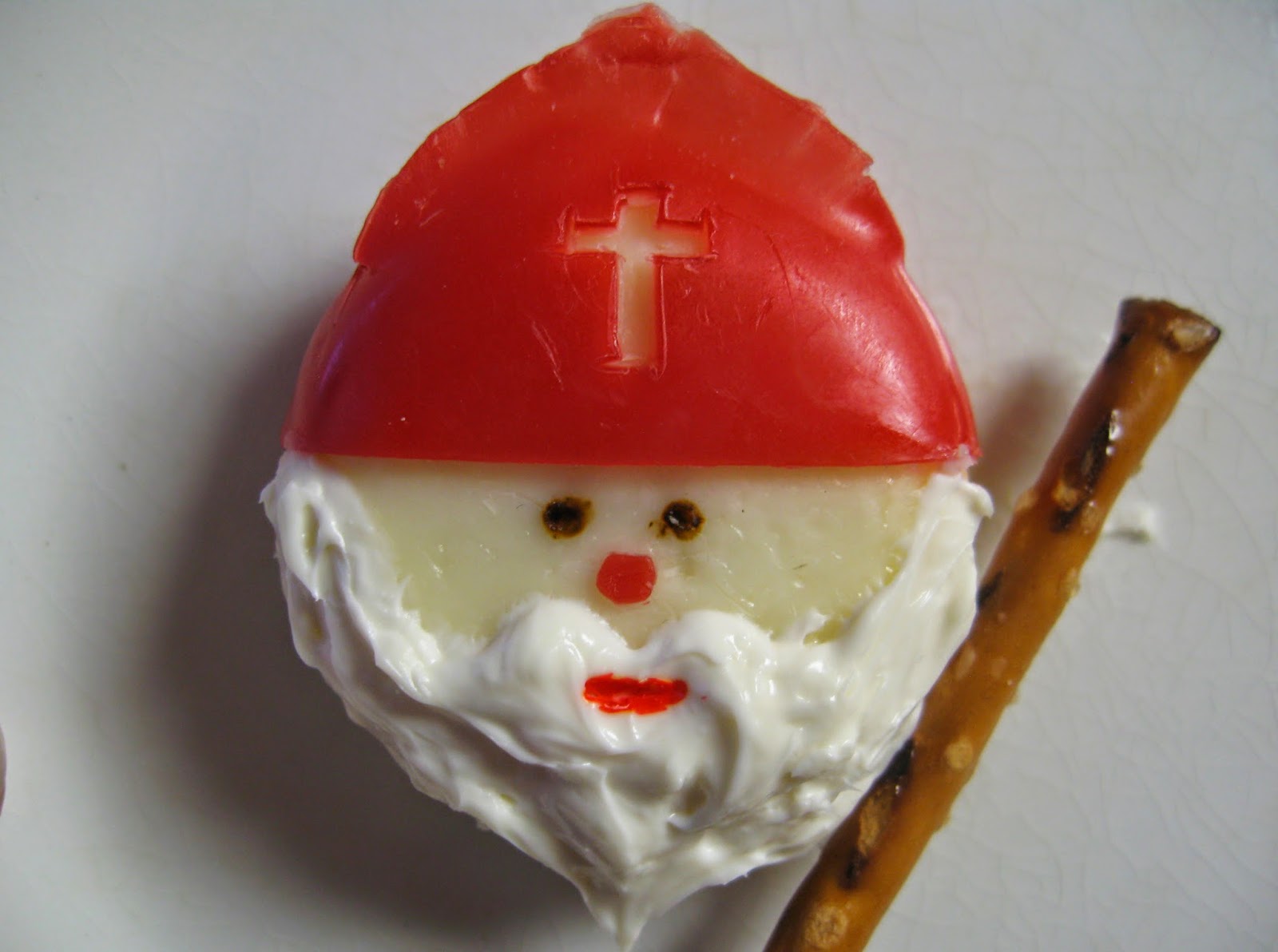
As most of you know, fortune cookies are thin, folded cookies with a paper saying inside. They are associated with Asian restaurants and recipes. I thought it would be fun to make fortune cookies for a saint feast day who has a connection to Asia. In place of fortunes inside the cookies, it would be a good opportunity to put quotes or saying associated with the saint. St. Francis Xavier is an excellent choice as he was a missionary to Japan and China. His feast day is this week, December 3. St. Francis spent time in the Philippines, India, and Japan, baptizing tens of thousands. He set sail for China but died on the island of Sancian within sight of China. For his travels and zealous missionary efforts in the far east he is associated with that area and is a patron of several of those countries. Other saints that could be included if you were to do this at a different time are St. Paul Miki and the Japanese Matryrs, the Chinese Martyrs, etc. Now, the actual truth of fortune cookies as being from these Asian cultures is not accurate. It seems that they were first made in the United States for Chinese restaurants. But they are significantly associated with the food of the culture to most of us now, so fit this activity, I believe.
For some saints or martyrs from China and other southeast Asian countries there is little available of their teaching or writing to use as quotes, but St. Francis has some and that is why it made sense to target his feast day initially. Here is a
link to a document of quotes that you can download and print off to use for making your fortune cookies. Just print and cut them into strips.
I had previously tried making fortune cookies many years ago and knew that they are a bit tricky. It takes a quick hand to maneuver the cookies before they set and can no longer be shaped. The batter and baked cookie have to be just right, so it won't crack or harden to quickly. This time, with a couple of early ones for practice, I got the hang of it and they turned out okay. Don't let this intimidate you. It really was easier than my previous experience. You can check out some YouTube videos which walk you through the process. There are slight variations on the ingredients, but this is what I used.
How to make home-made fortune cookies:
Ingredients:
- 3 tablespoons butter, softened
- 3 tablespoons sugar
- 1 egg white
- 1/2 teaspoon vanilla extract
- 1/3 cup all-purpose flour
Directions:
- Print and cut out quotes so they are on small strips of
paper.
- Line a baking sheet with parchment paper. Draw two 3-1/2-in. circles on parchment paper.
- In a small bowl, beat the butter, sugar, egg white and vanilla until frothy. Add flour and mix until just blended in.
- Spread 1 T. batter over each circle.
- Bake at 400° for 4-5 minutes or until lightly browned.
- Cover one cookie with a kitchen towel (to help keep it soft while working with other).
- Loosen other cookie from parchment paper with a thin spatula and flip over onto work surface.
- Place a fortune in the center of that cookie.
- Fold cookie in half over paper so the edges meet and hold edges
together for few seconds.
- Place center of cookie over the rim of a mug.
- Gently press ends down to bend cookie in middle. Hold and let set a few seconds.
- Set inside muffin tin cup to cool and retain shape.
- Repeat with second cookie.
- Repeat with remaining batter and paper quotes.
Yield: 10-12 cookies.
St. Francis Xavier, Pray for us!
Ad Majorem Dei Gloriam

















